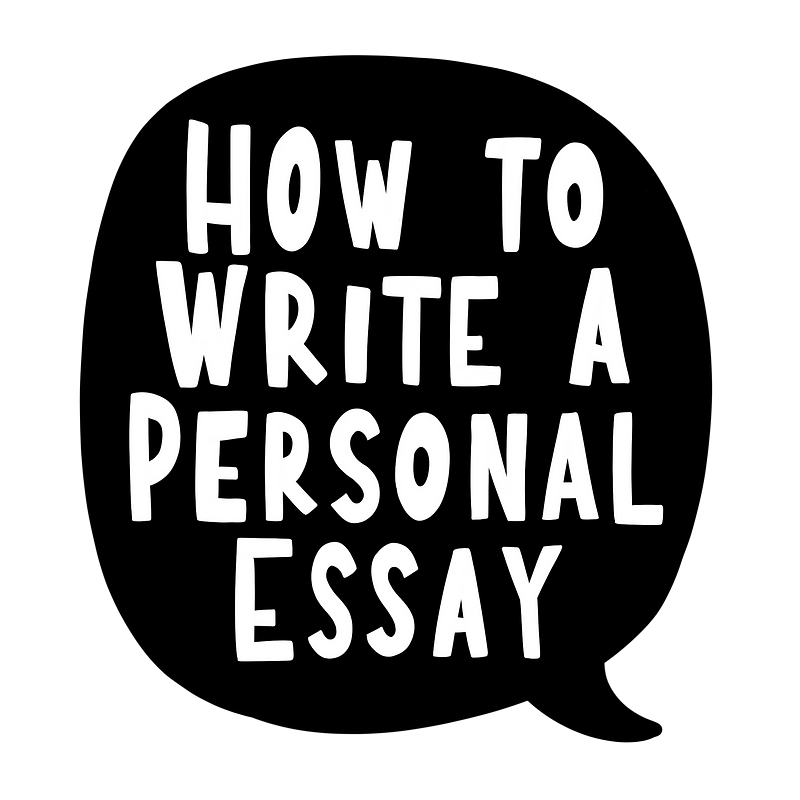Writing is an art that requires a balance between expressing yourself and communicating your ideas effectively to your audience.
However, when you get carried away with flowery language, you may end up with the dreaded purple prose.
An author who is often associated with the use of purple prose is Victorian-era novelist Edward Bulwer-Lytton. In fact, the annual Bulwer-Lytton Fiction Contest, which challenges participants to write the worst possible opening sentence for a novel, is named after him.
One of Bulwer-Lytton’s most famous opening sentences, from his novel “Paul Clifford,” is:
"It was a dark and stormy night; the rain fell in torrents, except at occasional intervals, when it was checked by a violent gust of wind which swept up the streets (for it is in London that our scene lies), rattling along the housetops, and fiercely agitating the scanty flame of the lamps that struggled against the darkness."
What is purple prose?
Purple prose is a term used to describe writing that is overly ornate, verbose, or flowery.
It often includes excessive use of adjectives, adverbs, metaphors, and other literary devices that detract from the clarity and simplicity of the message.
Purple prose tends to be more about the writer’s style than the content of their writing.
The effervescent, cerulean waves danced and crashed upon the immaculate, ivory sand, their frothy embrace leaving behind a salty kiss on the shore.
Uh-huh, that’s a lot of words to say, “the blue waves crashed onto the white sand, leaving behind a salty residue”.
In the first sentence, the use of “effervescent,” “cerulean,” “immaculate,” and “ivory” are unnecessary descriptors that distract from the simple image of waves crashing onto the shore. The second sentence is more straightforward and uses concrete language to convey the same idea.
Am I saying you shouldn’t describe things? Not at all.
But you want to make sure you’re using your words effectively, and not layering them simply to have them obscure the story from the reader.
Why is purple prose called purple prose?
The term “purple prose” is thought to have originated from the Latin phrase purpurae vestes (purple robes), which were worn by Roman emperors and were associated with wealth, power, and luxury.
Historically, the colour purple was expensive to produce. The ancient Phoenicians were among the first to create a purple dye known as Tyrian purple, derived from the mucus of certain sea snails.
Tyrian purple, also known as royal purple or imperial purple, was a highly valued dye in antiquity, primarily produced from the mucous glands of a few species of sea snails. The most famous source of Tyrian purple was the marine mollusc Bolinus brandaris, a type of predatory sea snail.
The process of making Tyrian purple involved several steps:
- Harvesting the snails: The snails were typically collected in the eastern Mediterranean, particularly near the city of Tyre (in present-day Lebanon). The city became renowned for its production of this precious dye.
- Extraction of the mucus: The mucus glands of the snails contained a colourless liquid. The purple colour developed as a result of exposure to air and sunlight. To extract the dye, workers would carefully crush the snails and collect the liquid.
- Exposure to sunlight: The extracted liquid was left exposed to sunlight. As it oxidised, the colour changed from a greenish hue to shades of purple.
- Precipitation and washing: After obtaining the desired colour, the liquid was mixed with a solution, often containing salt or another agent, to precipitate the dye. The precipitated material was then collected, washed, and dried.
- Yield: The amount of dye produced from a large number of snails was relatively small, making Tyrian purple labour-intensive and expensive.
Due to the difficulty and expense of the production process, Tyrian purple became a symbol of prestige and was associated with royalty and nobility in various ancient cultures, including the Roman Empire.
In many cultures, purple-dyed garments were reserved for royalty and the elite, contributing to its reputation as an expensive colour.
In the 19th century, the term was used to describe a writing style that was considered excessive and ornate.
How to avoid purple prose?
To avoid purple prose, it’s important to focus on clarity and simplicity in your writing. Here are some tips to help you avoid purple prose:
- Use concrete language: Instead of using abstract or vague words, use concrete language to describe your ideas. This will make your writing more accessible to your audience.
- Use fewer adjectives and adverbs: While descriptive language can be useful, it’s important not to overuse adjectives and adverbs. Instead, focus on choosing the most precise words to convey your ideas.
- Avoid clichés: Clichés are overused expressions that have lost their meaning. Instead of relying on clichés, try to come up with fresh and original ways to express your ideas.
- Use active voice: Active voice makes your writing more engaging and concise. It also helps to avoid excessive use of adjectives and adverbs. (Passive voice still has a time and place, but all things in moderation, hey?)
- Edit ruthlessly: This is essential. Cut out any unnecessary words or phrases, and focus on making your writing as clear and concise as possible. You don’t want your story to be hidden behind a lot of words that don’t really mean anything to the reader.
While it may seem impressive to some, it can often be confusing and detract from the clarity of your writing.
To avoid purple prose, focus on clarity and simplicity, use concrete language, and edit ruthlessly.
By doing so, you’ll be able to communicate your ideas effectively to your audience without getting bogged down by unnecessary language.



